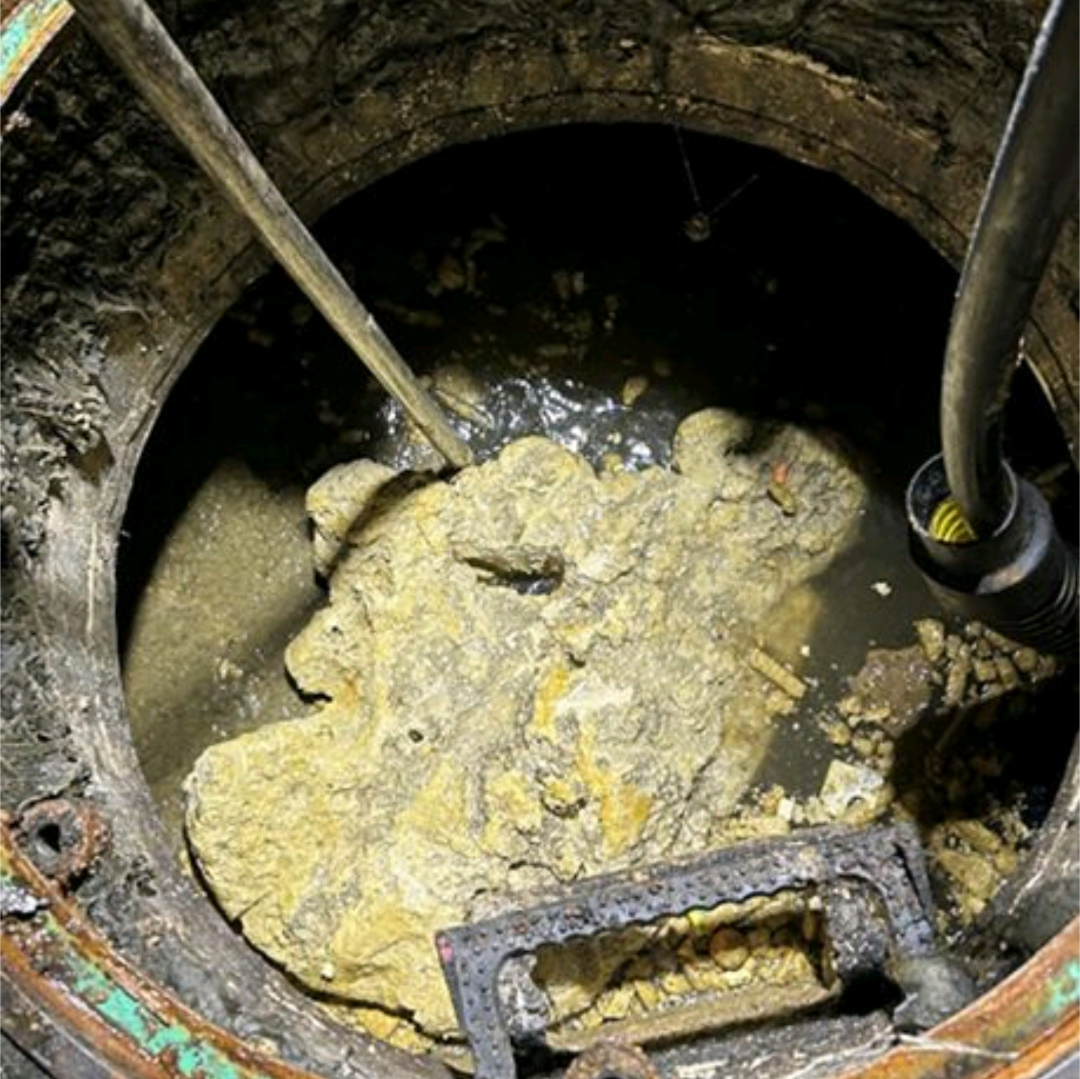

The US is a massive country friend, there are lots of places with combined sewers (domestic wastewater and stormwater) that will bypass treatment when there is a big rain event, especially in coastal cities that discharge wastewater to the ocean. It’s not ideal but the alternative is massively oversized treatment plants or replacing all of the existing sewer infrastructure to separate the sewers. Both options would cost tens of billions of dollars in any of the large east coast cities. People are not willing to pay for that.










R with the tidyverse package is amazing once you get over the learning curve. It’s so much easier to simply type a few lines of code then to fiddle with the Excel GUI, plus the ability to customize the plot is much, much better in R.
Yes making a simple plot in Excel is relatively easy, but try making something evening remotely complex and it’s terrible. A box plot is a great example of this, 2 lines of plotting code in R for a basic plot but an absolute nightmare to create in Excel.